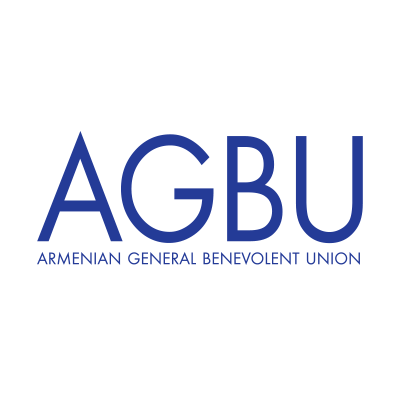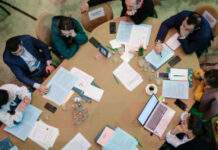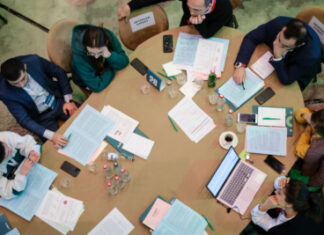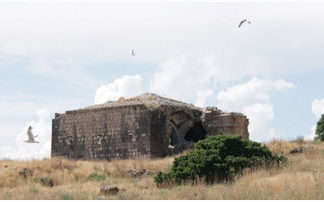By Aram Arkun
Mirror-Spectator Staff
WATERTOWN — Artak Movsisyan is one of a very small number of specialists in the writing systems used in Armenia prior to the acceptance of Christianity. His doctoral thesis (1997) at Yerevan State University (YSU) was written on the hieroglyphic script of the kingdom of Urartu (Bianili). There are even fewer specialists on this topic. Movsisyan visited Boston and other US cities in early 2015, and after giving a lecture for Hamazkayin Armenian Educational and Cultural Society in Watertown, visited the Mirror-Spectator to talk about his work.
Movsisyan has been an associate professor of history at YSU since 1998 and a senior researcher at the Institute of Oriental Studies of the National Academy of Sciences of the Republic of Armenia. He also worked at the State Historical Museum of Armenia from 1991 to 1997. He is the author of many monographs and research articles in Armenian and other languages, including one translated into English as The Writing Culture of Pre-Christian Armenia (2006).
His 1998 volume on Urartian hieroglyphics was the first full book published on this topic, and in fact only several articles have been written on it too previously. This is in part because of the difficulty in collecting source materials, which are dispersed in three different countries. Many inscriptions are in museums and have not been published. Prior to Movsisyan, the Englishman Richard Barnett wrote an article after collecting 30 inscriptions. Movsisyan took this field to a new level, collecting 1,500, many of which were for the first time obtained from museums. He traveled four times to Western Armenia (present-day Turkey) for research. It is still only possible to read about 20 percent of the materials. Of 300 hieroglyphics, only 60 can be interpreted today.
Some of the inscriptions give the names of kings, or serve as captions for images of gods. Others are short texts, or lists. For example, information on the quantity of wine in clay jars might be listed. Most are on stone and clay, or bronze containers and plates, but seals of inscriptions on parchment have also been preserved.







